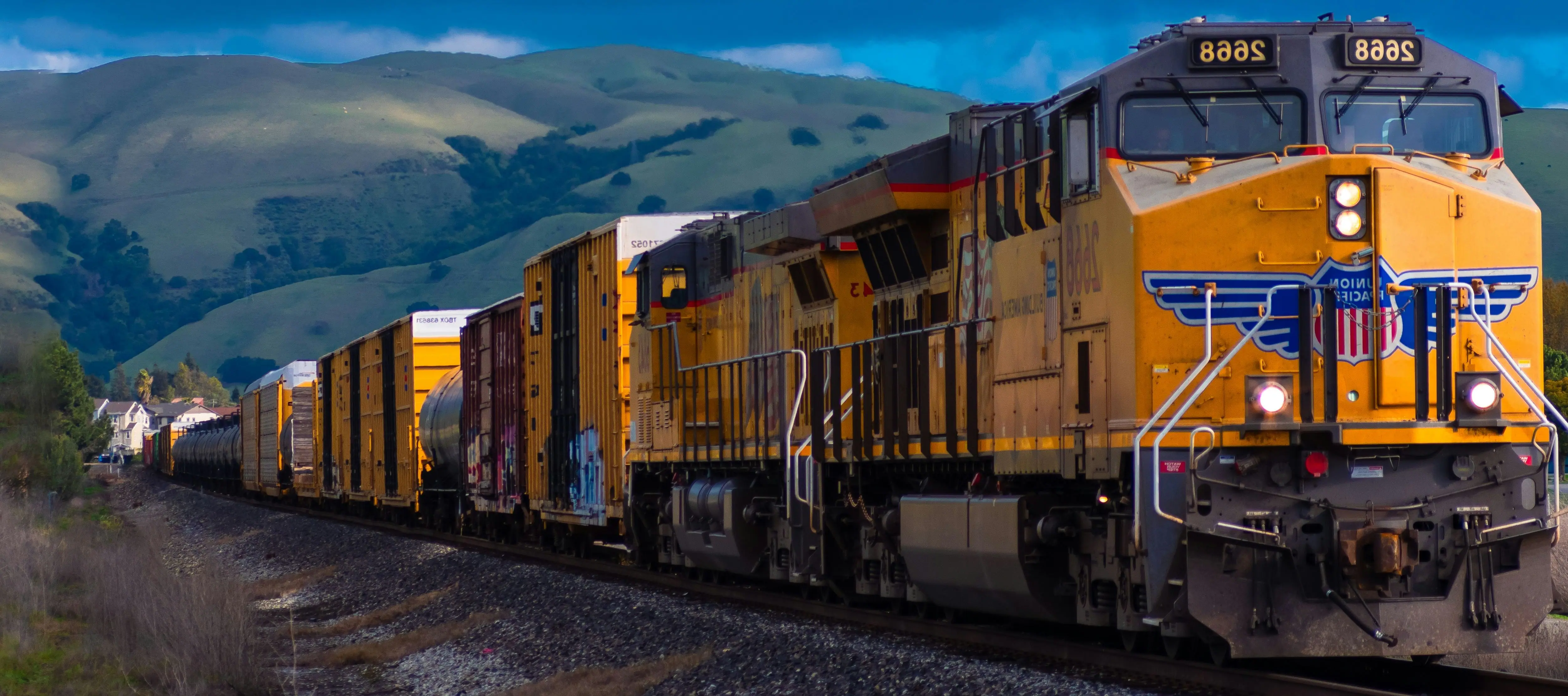
Where Railfans Discover Their Next Adventure
Connect, explore, and share exceptional trainspotting locations and unique railway experiences from around the globe. Welcome to the ultimate community for train enthusiasts.
Trainspotting Locations
0 locations • Use filters to refine your search
A Thriving Community of Railway Enthusiasts
Join thousands of railfans worldwide who rely on Spotatrain to discover, share, and document their railway adventures.
...
Spotting Locations
Discover curated trainspotting spots spanning cities, countryside, and coastlines around the globe.
...
Railfan Experiences
Plan unforgettable excursions with handpicked scenic rides and immersive railway adventures.
...
Community Photos
Browse inspiring captures from passionate railfans sharing moments from every continent.
Explore by Category
Browse curated lists of the most popular destinations and experiences
Loading explore lists...
